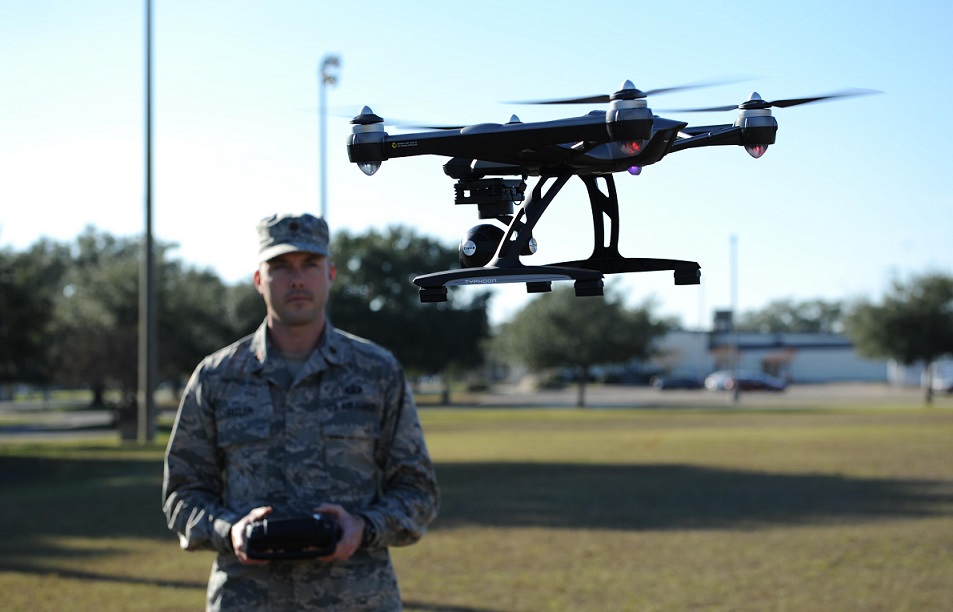
This post is also available in:
 עברית (Hebrew)
עברית (Hebrew)
A project that will lead to the use of UAV laser weapons to destroy enemy ballistic missiles is advancing to the next stage. Power electronics experts at three U.S. defense companies are moving forward with a project to develop enabling technologies for laser weapons on future unmanned aerial vehicles (UAVs) to destroy enemy ballistic missiles in boost phase.
The Low Power Laser Demonstrator (LPLD) project seeks to develop enabling technologies in preparation for building a future high-energy laser weapon for a high-altitude UAV.
The project should help military and defense industry experts understand how to use high-altitude UAVs to destroy missiles in boost phase with lasers, and ways to aim the laser, keep it steady on target, and focus the laser sufficiently to destroy the missile at it leaves the launch pad.
In late 2017, three companies – General Atomics, Boeing and Lockheed Martin – won LPLD phase-one contracts to build low-power laser prototypes to help establish beam stability at long range and the ability to dwell on one spot of a ballistic missile-sized target.
In phase one, the companies addressed laser power and aperture size by integrating and testing a low-power laser on a UAV. Now the three move to the next step of the project, aimed at completing their tailored concept design reviews for the post-preliminary design review risk reduction effort.
During the second phase, the companies will build, integrate, and test a functional low-power laser for beam control and stability. Missile Defense Agency (MDA) officials anticipate a low-power flight test by 2020 and beam stability testing by 2021.
Lessons learned from the LPLD project are expected to help government and industry experts develop solid-state lasers strong enough to destroy enemy ballistic missiles in boost phase from UAVs operating at high altitudes, according to militaryaerospace.com.

























